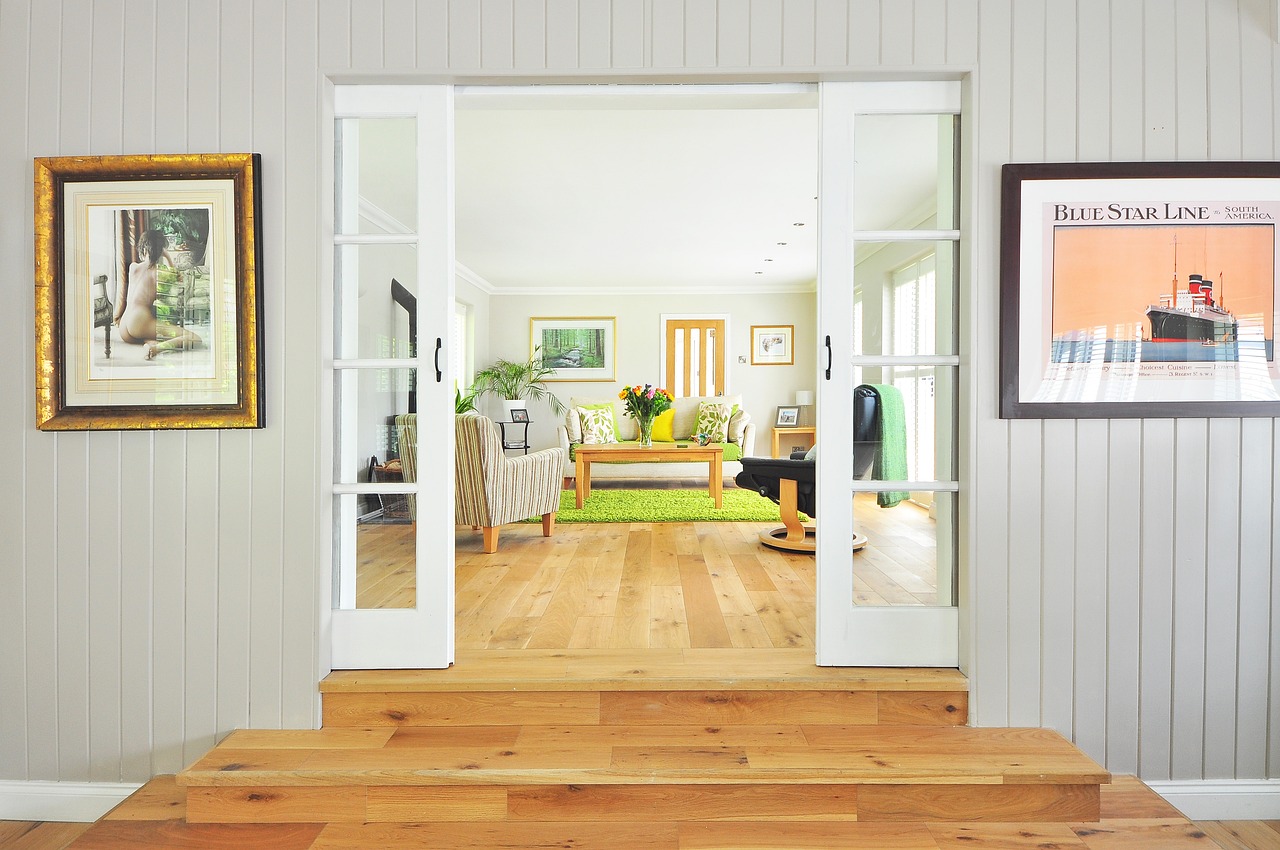The Impact of Sustainable Materials on Home Construction: Bamboo, Cork, and Beyond
Bamboo is increasingly being recognized as a sustainable and eco-friendly material for home construction. Its rapid growth cycle, strength, and durability make it an attractive choice for builders looking to minimize their environmental impact. Additionally, bamboo is versatile and can be used for various purposes in construction, from flooring and walls to furniture and decorative elements.
One of the key advantages of using bamboo in home construction is its natural resistance to pests and mold. This makes it a low-maintenance option for homeowners, reducing the need for chemical treatments and prolonging the lifespan of the structure. Furthermore, bamboo’s unique aesthetic appeal adds a touch of natural beauty to any home, creating a warm and inviting atmosphere for inhabitants.
Cork as an Eco-Friendly Alternative in Building Materials
First utilized by the ancient Romans for sealing wine bottles, cork has evolved into a versatile and sustainable building material that offers numerous benefits. Renowned for its eco-friendly qualities, cork is harvested from the bark of cork oak trees, allowing the trees to regenerate and continue absorbing carbon dioxide from the atmosphere. This process not only supports the environment but also ensures the longevity of the cork oak forests.
In addition to its environmental advantages, cork possesses unique properties that make it an ideal choice for building materials. Known for its natural insulation properties, cork effectively regulates temperature and reduces energy consumption in buildings. Its shock-absorbing qualities also make it a favored material for flooring, providing comfort underfoot while dampening sound.
• Cork is a sustainable building material harvested from cork oak trees
• Harvesting cork allows trees to regenerate and absorb carbon dioxide
• Cork offers natural insulation properties, reducing energy consumption in buildings
• Shock-absorbing qualities make cork ideal for flooring, providing comfort and sound dampening
Innovative Sustainable Materials Beyond Bamboo and Cork
When it comes to exploring sustainable alternatives in construction, there are various innovative materials beyond the popular choices of bamboo and cork. One such material is Ferrock, a type of eco-friendly concrete made from industrial byproducts like steel dust and carbon dioxide. What sets Ferrock apart is its ability to absorb and trap carbon dioxide, effectively reducing the carbon footprint of buildings.
Another emerging sustainable material is HempCrete, which is a mixture of hemp fibers, lime, and water. HempCrete is known for its excellent insulation properties and durability, making it a versatile choice for eco-conscious builders. Additionally, hemp cultivation is beneficial for the environment due to its carbon-sequestering ability, making HempCrete a promising option in sustainable construction practices.
What are some benefits of using bamboo in home construction?
Bamboo is a sustainable material that grows quickly, making it a renewable resource. It is also strong, durable, and versatile, making it an ideal choice for building materials.
Why is cork considered an eco-friendly alternative in building materials?
Cork is a natural material that is harvested from the bark of cork oak trees without causing harm to the trees. It is biodegradable, recyclable, and has excellent insulating properties, making it a sustainable choice for construction.
Are there any other innovative sustainable materials beyond bamboo and cork?
Yes, there are several other innovative sustainable materials emerging in the construction industry, such as recycled plastic, reclaimed wood, rammed earth, and hempcrete. These materials offer unique benefits and contribute to a more eco-friendly building industry.







